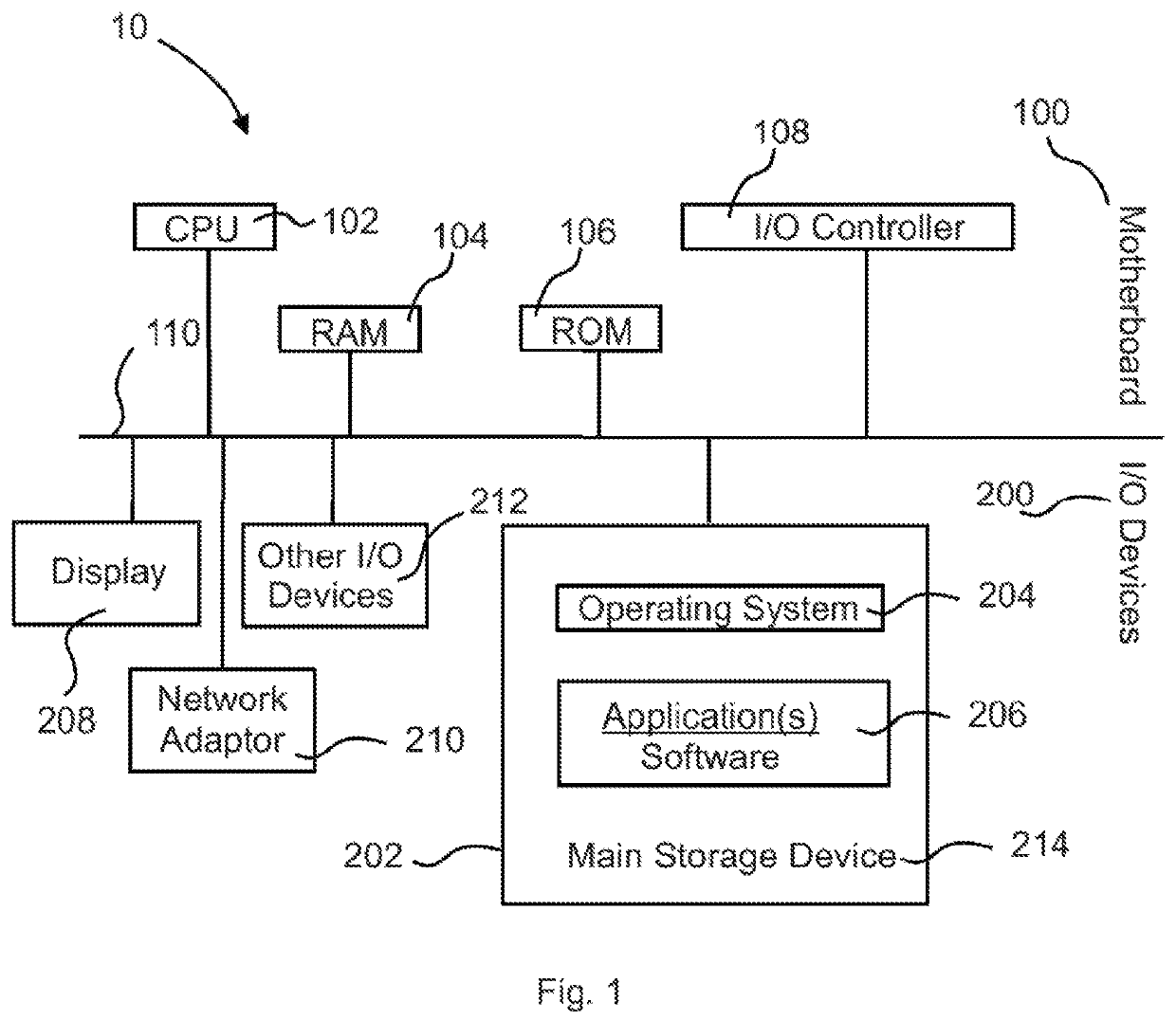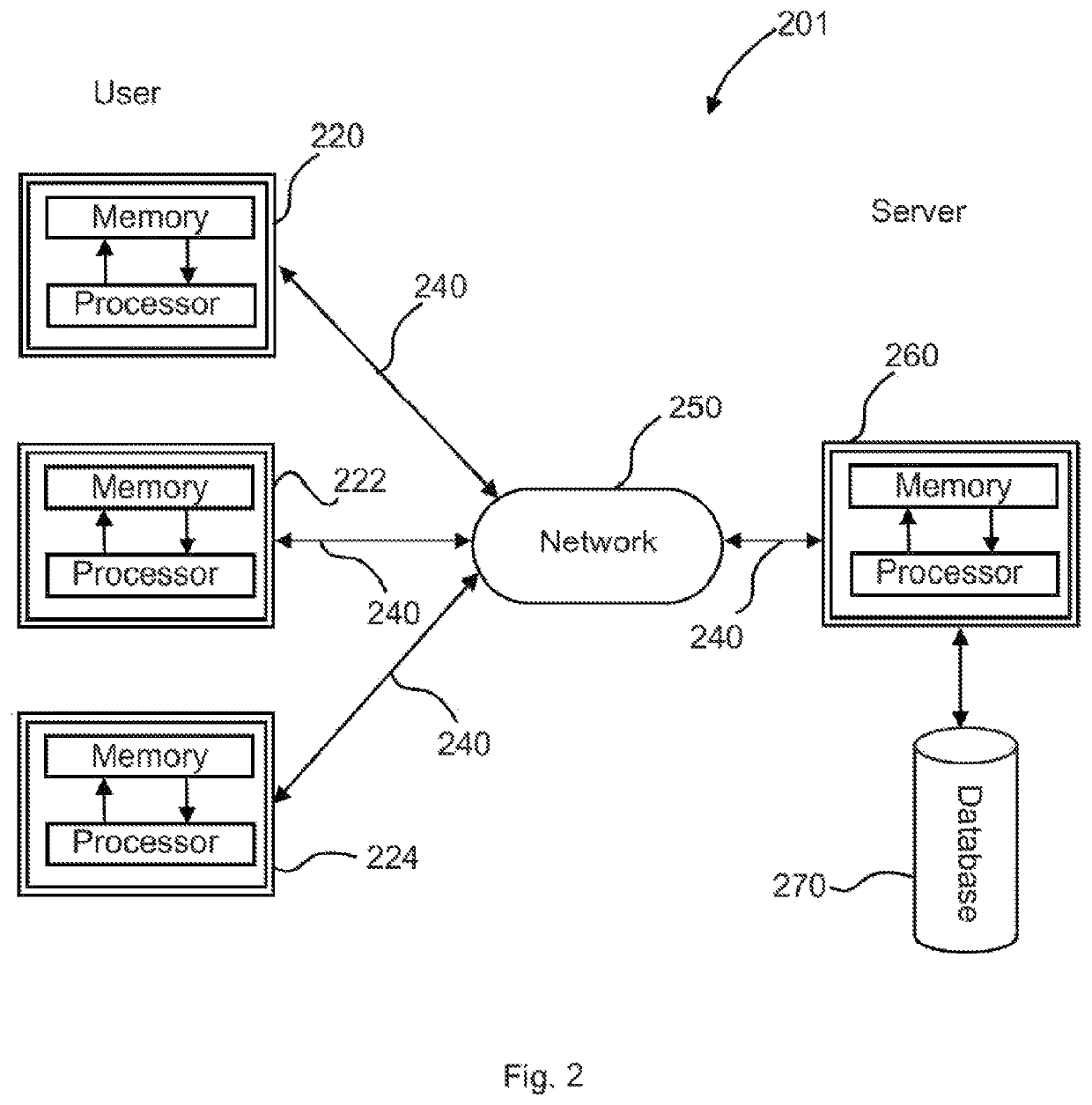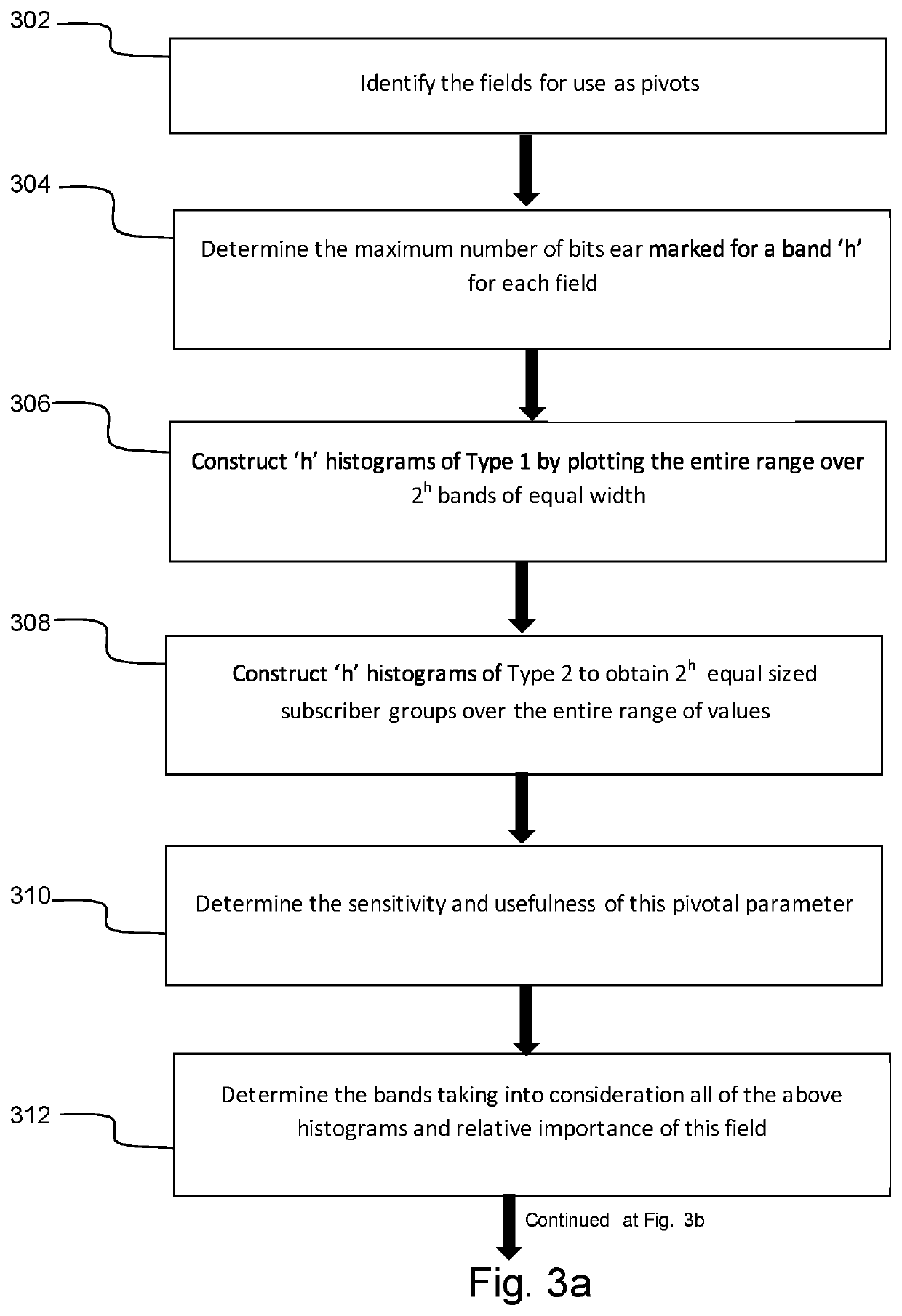Interactive on-demand hypercube synthesis based multi-dimensional drilldown and a pivotal analysis tool and methods of use
a multi-dimensional drilldown and hypercube technology, applied in the direction of electric digital data processing, structured data retrieval, instruments, etc., can solve the problems of slow processing time, impracticality or too long using transactional systems to perform similar tasks, and impede the ability to process transactions, etc., to achieve faster and easier access, more nimble, and faster processing time
- Summary
- Abstract
- Description
- Claims
- Application Information
AI Technical Summary
Benefits of technology
Problems solved by technology
Method used
Image
Examples
Embodiment Construction
[0043]In describing the exemplary embodiments of the present disclosure, as illustrated in FIGS. 1-10, specific terminology is employed for the sake of clarity. The present disclosure, however, is not intended to be limited to the specific terminology so selected, and it is to be understood that each specific element includes all technical equivalents that operate in a similar manner to accomplish similar functions. The claimed invention may, however, be embodied in many different forms and should not be construed to be limited to the embodiments set forth herein. The examples set forth herein are non-limiting examples, and are merely examples among other possible examples.
[0044]In order to understand the present disclosure certain variables need to be defined.
[0045]As will be appreciated by one of skill in the art, the present disclosure may be embodied as a method, data processing system, or computer program product. Accordingly, the present disclosure may take the form of an enti...
PUM
 Login to View More
Login to View More Abstract
Description
Claims
Application Information
 Login to View More
Login to View More - R&D
- Intellectual Property
- Life Sciences
- Materials
- Tech Scout
- Unparalleled Data Quality
- Higher Quality Content
- 60% Fewer Hallucinations
Browse by: Latest US Patents, China's latest patents, Technical Efficacy Thesaurus, Application Domain, Technology Topic, Popular Technical Reports.
© 2025 PatSnap. All rights reserved.Legal|Privacy policy|Modern Slavery Act Transparency Statement|Sitemap|About US| Contact US: help@patsnap.com



